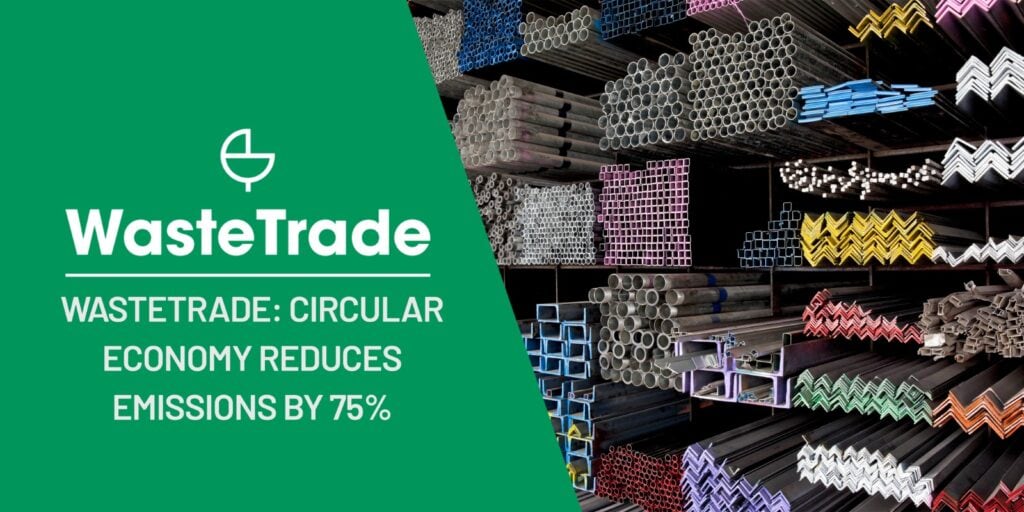Jan 17, 2024
Reducing Emissions by 75% | Embracing the Circular Economy

The construction industry, a significant contributor to global material consumption and carbon dioxide emissions, stands on the brink of a transformative shift. A recent report by McKinsey & Company in partnership with the World Economic Forum shines a light on this potential change. The study suggests that adopting a circular economy in construction could slash carbon dioxide emissions by a staggering 75%, amounting to a reduction of 4 gigatons by 2050.
Financial and Environmental Benefits
The move towards circularity isn’t just environmentally crucial; it promises substantial financial returns. The report forecasts an annual net profit increase of up to $46 billion by 2030, skyrocketing to $360 billion by 2050. Sebastian Reiter, a McKinsey partner and co-author of the study, underscores the construction sector’s critical role in long-term greenhouse gas reduction. The industry’s vast material consumption and emission contributions juxtapose its significant global employment and economic output, highlighting the need for sustainable practices.
Circular Loops and Material Focus
The report emphasises the importance of establishing circular loops in the sector, with potential reductions of up to 4 gigatonnes in CO2 emissions by 2050. Strategies like recycling materials and minerals, alongside carbon capture and storage/utilisation, are pivotal, each contributing around 40% of the total decrease by 2030. The study examines six key building materials – cement and concrete, steel, aluminium, plastics, glass, and gypsum – assessing their CO2 reduction potential and net value gain.
The Highest Value in Cement Circularity
Of these materials, cement presents the most significant value pool for circularity, with projected net value gains of $10 billion in 2030 and a staggering $122 billion by 2050. The report reveals that steel is already “highly recyclable,” and circularity in aluminium hinges on design for reuse, increased recycled material use, and alternative fuels, potentially cutting related CO2 emissions by up to 89% by 2050.
Reducing Emissions in Plastics and Glass
In plastics, designing for reuse and modularity, increasing regrind plastics, and using alternative fuels could reduce emissions by up to 62% by 2050. Similarly, for glass, designing for reuse and modularity and increasing cullet use can decrease emissions by up to 41% by the same year.
The Urgency for Scalable Solutions
Jukka Maksimainen, a senior McKinsey partner, highlights the construction sector’s tremendous potential for circularity, not just in CO2 savings but also financially. He notes the current lack of market solutions addressing this issue at scale, underscoring the urgency to identify and amplify scalable solutions.
WasteTrade Perspective
From this perspective, WasteTrade emerges as a forerunner in creating a circular economy. As an online marketplace, WasteTrade plays a pivotal role in material circularity, conserving natural resources, and minimising carbon emissions. WasteTrade’s model epitomises circular economy principles, facilitating the reuse and recycling of materials in a manner that aligns with environmental sustainability.
WasteTrade’s platform connects waste producers with recyclers, offering a streamlined process for trading recyclable waste commodities. Their integration of ThinkCarbon, an AI-powered carbon calculator, exemplifies their commitment to environmental stewardship, empowering users to make informed, eco-friendly decisions.
The construction sector’s shift towards a circular economy presents a dual benefit: significant reduction in CO2 emissions and substantial financial gains. WasteTrade stands at the forefront of this transformation, demonstrating how circular economy models can be implemented effectively to achieve environmental sustainability and economic viability.





